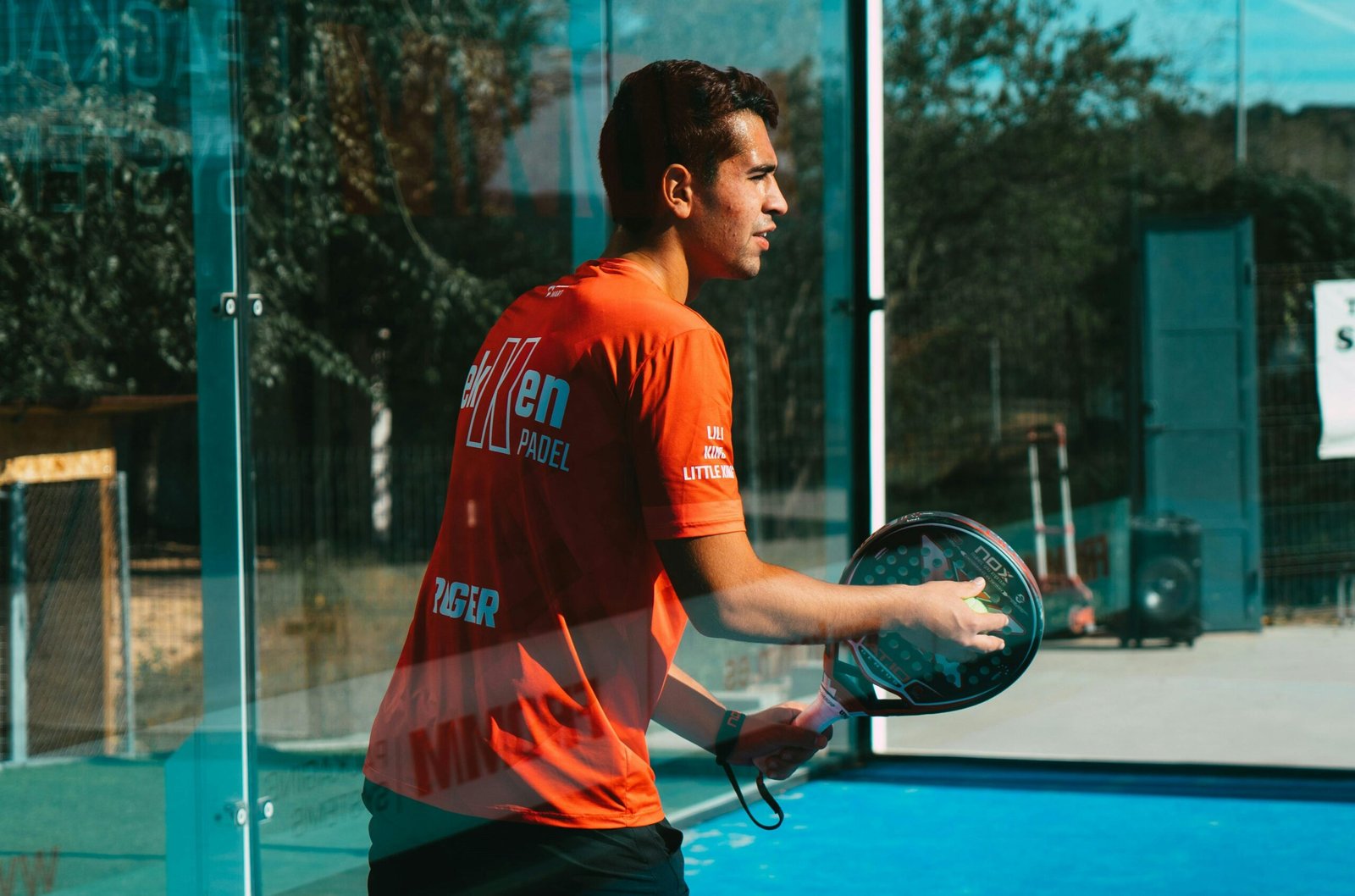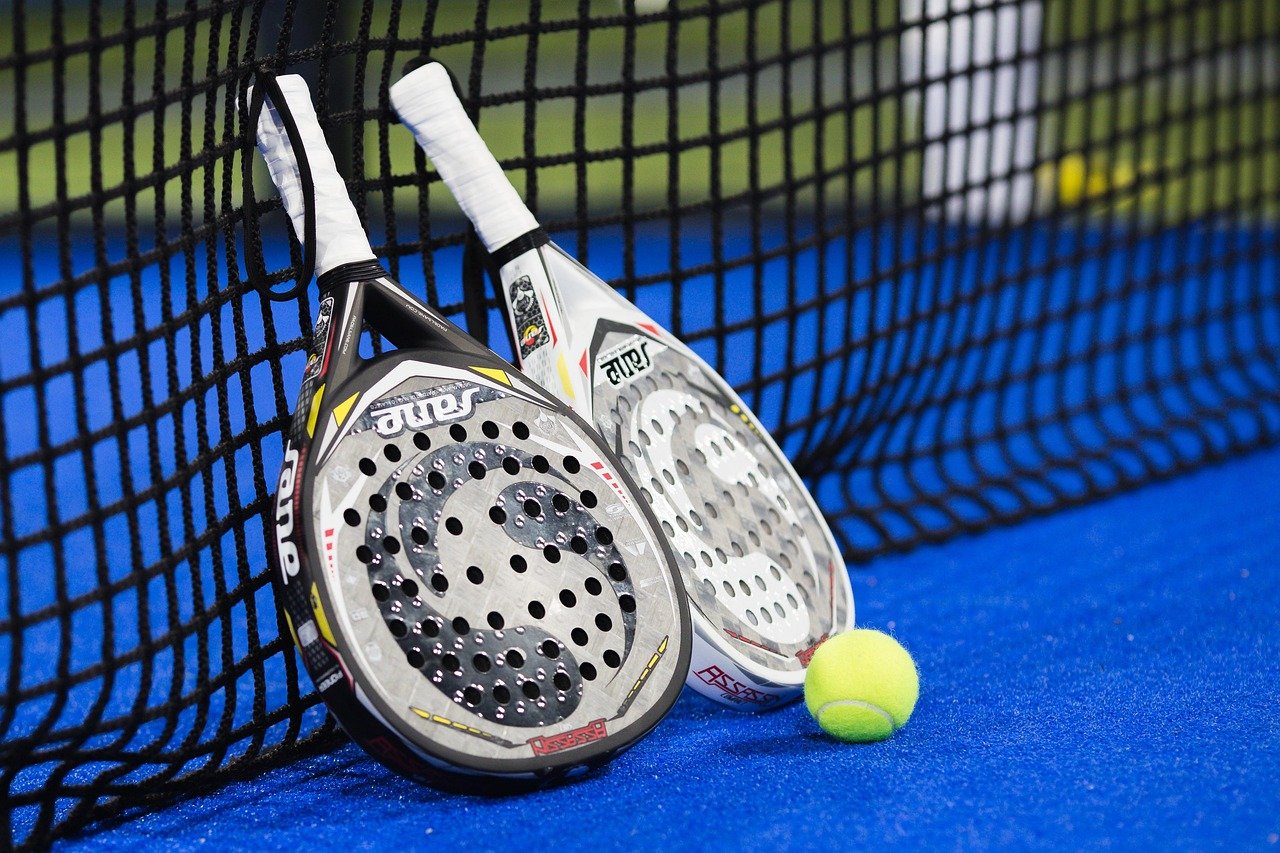Padel is one of the fastest growing racket sports in the world today. Especially popular in Europe and Latin America, this exciting sport combines elements of tennis and squash to create a fun, social, and accessible game for players of all ages and skill levels.
If you’re new to padel or just curious about what all the fuss is about, this comprehensive beginner’s guide will introduce you to the sport’s history, rules, equipment, strategies, and more. By the end, you’ll know exactly what padel is and why it might just be the perfect new sport for you.
What is Padel? Understanding the Basics
Padel is a racket sport typically played in doubles on an enclosed court about one-third the size of a traditional tennis court. The court has glass or mesh walls surrounding it, allowing the ball to be played off these walls — a feature that adds a dynamic and strategic layer to the game.
The rackets are smaller and solid, without strings, and the balls used are similar to tennis balls but with slightly less pressure to slow the game down and allow for longer rallies.
Origins and Growth of Padel
Padel was invented in Mexico in the late 1960s by Enrique Corcuera. It quickly spread to Spain and Argentina, where it gained massive popularity. Over the past two decades, padel has expanded globally, with an estimated 15 million players worldwide as of 2025, making it one of the fastest growing sports in the world.
In the UK, padel has been gaining traction since the early 2010s, with new courts and clubs opening regularly. Its social, accessible nature makes it appealing to players from all walks of life.
The Court and Equipment: What You Need to Know
Understanding the court dimensions and the equipment is key for any beginner.
Padel Court Dimensions
A padel court is 20 meters long and 10 meters wide — about one-third the size of a tennis court. It is enclosed by walls on all sides, which can be made of glass or mesh fencing. The back walls are typically glass, allowing spectators to watch, while the side walls are usually a combination of glass and metal mesh.
The court is divided by a net in the middle, similar to tennis, and features service boxes and baseline markings that are slightly different from tennis due to the smaller size.
The Padel Racket
Unlike tennis rackets, padel rackets are solid with no strings. They are smaller and lighter, usually weighing between 340 and 370 grams. The shape varies — common designs include round, teardrop, and diamond shapes — each offering different levels of control and power.
Choosing the right racket depends on your playing style and skill level. Beginners often start with a round racket that provides better control, while advanced players might prefer diamond-shaped rackets for power.
The Ball
Padel balls resemble tennis balls but are slightly less pressurized. This makes the ball bounce lower and slower, enabling longer rallies and more strategic play.
Shoes and Clothing
Proper footwear is essential in padel. Court shoes with good grip designed for hard surfaces or artificial turf are recommended to prevent slipping and injury. Comfortable, breathable sportswear suitable for quick lateral movements is best.
How to Play Padel: Basic Rules Explained
Padel’s rules are straightforward, especially if you have some tennis experience.
Players and Match Format
Padel is mainly played as doubles (two players on each team). Singles matches exist but are less common. Matches are typically best of three sets.
Serving
The serve is underhand and must bounce once behind the service line before being hit diagonally into the opponent’s service box. Unlike tennis, serves cannot be hit overhand, making the serve easier for beginners to master.
Scoring System
Padel uses the same scoring system as tennis: 15, 30, 40, and game. You must win a set by at least two games, and tiebreaks are played if the score reaches 6-6.
Playing Off the Walls
One of the unique features of padel is that the ball can be played off the walls after it bounces on the ground, similar to squash. This adds an exciting dimension to the game, requiring players to think strategically about angles and positioning.
Let and Faults
Let serves (where the ball hits the net but lands in the correct service box) are replayed. Two faults in a row result in losing the point, just like tennis.
Why is Padel So Popular? The Benefits Explained
Padel’s rapid growth can be attributed to its accessibility and social nature. Here are the top reasons why people love playing padel:
Easy to Learn
The underhand serve and smaller court size make it easier to pick up than tennis. Even beginners can have fun and rally quickly, making it ideal for families and newcomers.
Social and Inclusive
Padel is predominantly a doubles game, encouraging teamwork and social interaction. Many clubs organise social sessions, leagues, and tournaments to bring players together.
Great for All Ages and Fitness Levels
Padel’s moderate court size means less running than tennis, making it suitable for older adults and those new to sport. At the same time, it’s fast and technical enough to challenge competitive players.
Fun and Fast-Paced
The ability to use walls and the smaller court create longer rallies and exciting points, keeping players engaged throughout.
Fitness Benefits
Playing padel improves cardiovascular health, agility, balance, and coordination. The combination of aerobic and anaerobic activity makes it an excellent workout.
Essential Tips for Beginners Starting Padel
If you’re ready to try padel, here are some beginner tips to help you get started on the right foot:
- Take a Lesson or Two: Even a basic introduction to techniques and rules can boost your confidence and progress.
- Focus on Positioning: Unlike tennis, court positioning is crucial in padel. Stay close to your partner and be ready to cover the net.
- Practice Your Serve: The underhand serve is simple but important for gaining control in points.
- Use the Walls: Learn to anticipate and use the rebound angles for both offence and defence.
- Stay Relaxed: Padel is a social game — enjoy it and don’t worry about mistakes early on.
- Wear Appropriate Shoes: Good grip can improve your movement and prevent injury.
Where to Play Padel: Finding Courts and Clubs Near You
The number of padel courts worldwide is growing rapidly. To find courts near you:
- Search Online: Use apps like Playtomic, Padel Manager, or local club websites.
- Visit Tennis Clubs: Many are adding padel courts as the sport grows.
- Community Centres and Gyms: Look out for new padel courts in multi-sport venues.
- Join Padel Leagues and Groups: Social media groups and websites often post about local play opportunities.
The Future of Padel: What’s Next?
Padel’s popularity shows no sign of slowing down. With professional leagues growing, international tournaments expanding, and more facilities opening, the sport is set for a big future.
Innovations in racket technology and training methods are making the game more accessible and competitive. If you start now, you’ll be part of an exciting global movement in racket sports.
Final Thoughts
Padel offers an unbeatable combination of fun, fitness, and social connection. Whether you’re a complete beginner or an athlete looking for a fresh challenge, padel is easy to learn and endlessly enjoyable.
If you haven’t tried it yet, 2025 is a perfect year to pick up a racket and discover why millions around the world are hooked on padel.



